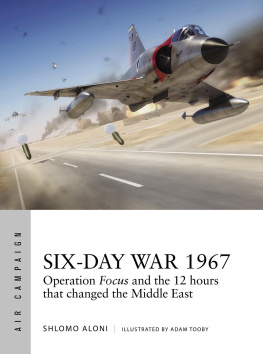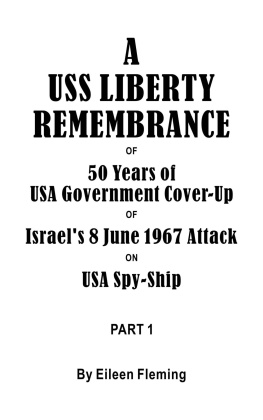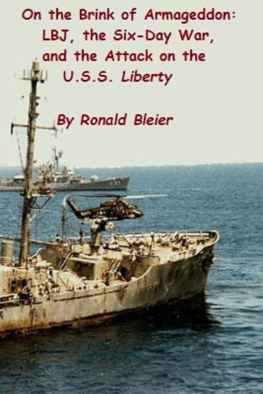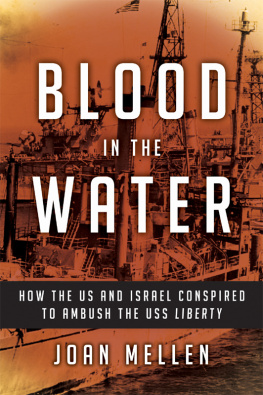

Simon & Schuster
1230 Avenue of the Americas
New York, NY 10020
Copyright 2009 by James M. Scott
All rights reserved, including the right to reproduce this book or portions thereof in any form whatsoever. For information address Simon & Schuster Subsidiary Rights Department, 1230 Avenue of the Americas, New York, NY 10020
SIMON & SCHUSTER and colophon are registered trademarks of Simon & Schuster, Inc.
Library of Congress Cataloging-in-Publication Data is available.
ISBN-13: 978-1-4391-6605-5
ISBN-10: 1-4391-6605-6
Visit us on the Web:
http://www.SimonandSchuster.com
For my father, John Scott, who lived to tell about it.
And in memory of the thirty-four, who didnt.
William B. Allenbaugh
Philip McC. Armstrong, Jr.
Gary R. Blanchard
Allen M. Blue
Francis Brown
Ronnie J. Campbell
Jerry L. Converse
Robert B. Eisenberg
Jerry L. Goss
Curtis A. Graves
Lawrence P. Hayden
Warren E. Hersey
Alan Higgins
Carl L. Hoar
Richard W. Keene, Jr.
James L. Lenau
Raymond E. Linn
James M. Lupton
Duane R. Marggraf
David W. Marlborough
Anthony P. Mendle
Carl C. Nygren
James C. Pierce
Jack L. Raper
Edward E. Rehmeyer, III
David Skolak
John C. Smith, Jr.
Melvin D. Smith
John C. Spicher
Alexander N. Thompson, Jr.
Thomas R. Thornton
Philippe C. Tiedtke
Stephen S. Toth
Frederick J. Walton
Oh, hear us when we cry to Thee, For those in peril on the sea!
NAVY HYMN
CONTENTS
THE ATTACK ON THE LIBERTY
PROLOGUE
I know what a slaughterhouse looks like. Thats what this was.
PETTY OFFICER 3 RD CLASS GARY BRUMMETT
Captain William L. McGonagle mustered his men.
On June 8, 1997, the skipper gathered with his remaining crew in front of grave #1817 in section 34 of Arlington National Cemetery. Beneath the single granite headstone rested the unidentified remains of six of McGonagles men. Eight others lay in individual graves amid manicured lawns and rolling hills of the nations military cemetery on the banks of the Potomac River.
McGonagle had commanded the U.S.S. Liberty, a spy ship the Israelis strafed and torpedoed in what the Washington Post later described as one of the most bloody and bizarre peacetime encounters in U.S. naval history. On this humid morningthe thirtieth anniversary of that dreadful dayMcGonagle finally was ready to speak.
This marked the first time in decades some of these men had seen their reclusive captain. He had shied away from interviews and the controversy that still dogged the Liberty years after metal cutters reduced it to scrap in a Baltimore shipyard. Now seventy-one, McGonagle took stock of his men through Coke-bottle glasses. His sandy hair was gray and thinning, his trademark tan faded. The Medal of Honor, the nations highest award for heroism, dangled from his neck.
His silence over the years mirrored his style as captain. He rarely mingled with his men. Even in his downtime on board the Liberty, he had retreated alone to the officers wardroom to watch Doris Day movies. McGonagles reserved demeanor stemmed in part from his biblical reverence for Navy regulations. He drilled his sailors daily and demanded swabbed decks and sparkling latrines. His men nicknamed him Shepa reference to a loyal dog in a country song, but a fitting description.
The captain greeted his crew among the gravestones with a slow drawl and a nasal accent that reflected his Kansas roots. His family had weathered the Dust Bowl and the Great Depression, ultimately migrating to Southern California, where his father had traded in a job as a sharecropper for one as a janitor. McGonagle got his first toothbrush when he was twelve, his first pair of shoes at fourteen. When a Navy recruiter showed up at his high school near the end of World War II, he skipped a chemistry exam to enlist.
McGonagles refusal to talk about the Liberty made some of his men hate him. But his efforts to suppress the attack that left two-thirds of his sailors dead or wounded failed. The Liberty festered inside him, much like the piece of shrapnel lodged for decades between his ribs. Then one day the twisted piece of metal popped out and snagged on his washcloth in the shower. He doubled over in agony when he yanked it out.
Dressed in starched Navy whites, McGonagle was dying. Within months, doctors would remove a portion of his cancerous left lung, leaving him mostly wheelchair bound. In twenty-two months, a team of six horses would deliver McGonagles flag-draped remains to a hilltop grave overlooking the spot where he now stood. This would be his last chance to address his men about what had happened that sunny afternoon three decades earlier in the eastern Mediterranean.
He didnt disappoint them.
On June 8, 1967, the Israeli Air Force and Navy pounded the Liberty as the ship trolled alone in international waters off the coast of the Gaza Strip, eavesdropping on the war between Israel and its Arab neighbors. The attack killed thirty-four American sailors and injured 171 others in the most deadly assault on an American ship since the U.S.S. Indianapolis was torpedoed in the waning days of World War II.
The specter of the Liberty has haunted the U.S. Navy and intelligence community for decades. The underlying question the attack raised in 1967 still resonates: How do politics and diplomacy impact battlefield decisions? In the case of the Liberty, the White House, afraid of offending Israels domestic backers at a time when it needed support for its Vietnam policy, looked the other way. Likewise, Congress failed to formally investigate the attack or hold public hearings. No one was ever punished.
Vital lessons went unheeded, including the flawed logic of sending unarmed spy ships alone into hostile waters with only the American flag for protection. Seven months after the attack on the Liberty, communist North Korea seized the spy ship U.S.S. Pueblo in international waters, resulting in what some analysts argue was the worst intelligence breach in modern history.
The attack on the Liberty began when Israeli fighter jets hammered the ship with rockets and cannons. Napalm turned the deck into a 3,000-degree inferno. Torpedo boats soon followed, ripping a hole thirty-nine feet wide and twenty-four feet tall in the ships steel skin. The approximately hour-long attack spared no one. Stretcher bearers were shot, sailors burned, liferafts sunk.
Armor-piercing bullets zinged through the ships bulkheads and shattered coffee mugs, lodged in navigation books, and rolled about on the deck floors. Investigators later counted 821 shell holes, some created with American-made munitions used by Israeli forces. There wasnt any place that was safe, one of the officers later recalled. If it was your day to get hit, you were going to get hit.
For nearly seventeen hours, McGonagle and his men fought to save the ship. The injured and dying crowded the mess deck, where corpsmen converted lunch tables to gurneys. Transfusions were given arm to arm. Uninjured sailors learned to stitch up wounds. The ships lone doctor performed surgery by the light of a battle lantern.
On the bridge, McGonagle, suffering a concussion, his leg peppered with shrapnel, steered the Liberty out to sea as it spewed classified documents and oil from the torpedoed hole. With the navigation system largely destroyed, McGonagle studied the ships wake and ordered turns of the rudder. That evening, he steered by the stars. Crewmen on the bow aimed signal lights skyward, hoping to alert American rescue planes and helicopters to the Liberty s position. None came.














